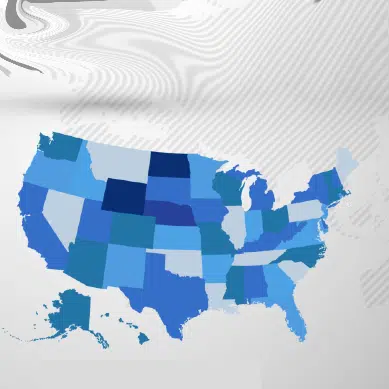First Steps to Automate GRC Management
1. Get Buy-in from Executive Leadership
Galvanize the top tier. As the ‘G’ in GRC suggests, senior management and board members must support the development of a GRC program before initiating the planning stages. When the executive suite is on your side and has allocated resources to a GRC program, you are well on the road to implementing a GRC framework.
The decision-making, risk management, and regulatory compliance functions included in a GRC framework will not be effective unless the organization’s executive leadership supports cultural change.
2. Define Scope and Objectives
Choosing a GRC program isn’t too different than implementing any other IT system. Consider the size of your company, your most significant pain points, your budget, the complexity of deployment, and any other specific requirements you have. Look for a GRC platform that centralizes functions, processes, and workflows for optimum consistency, visibility, and communication between departments. Common goals include saving time, eliminating dual labor, cost-effectiveness, and meeting compliance requirements.
3. Integrate, Orchestrate, and Automate!
You’ll need to integrate your governance, risk, and compliance tools with the rest of your infrastructure, ensuring a seamless, uninterrupted data flow between them. This is crucial for the next, most important step: orchestration.
Orchestration refers to connecting security tools and integrating various loose ends of a security system into one tightly knit platform. It is a connection method that consolidates security functions and data collection, and it ultimately powers the next stage of modern GRC: automation for continuous and effective GRC management.
4. Choose a Framework
Selecting a GRC framework is a business decision rather than a technical choice. Take time to think about what actions your company “must do” and what “would be nice to do” to select an appropriate framework that doesn’t just help you avoid audit fines but protects your organization securely.
Please login or Register to submit your answer





